- 2026
- 2025
- 2024
- All
- Mainland China
- Taiwan China
- Hong Kong China
- Germany
- Japan
- United States
- South Korea
- Italy
- Switzerland
- Sweden
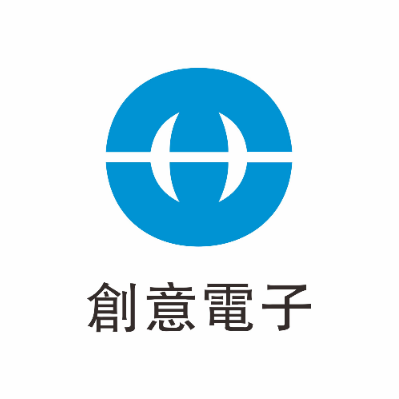


Baumer OM Series Laser Ranging Sensor
Measuring range 16-1700mm Repeatability up to 0.1 micron Linearity error as low as 3 microns Measurement speed up to 5000 Hz Analog quantity/network port/RS485/IO-Link Multiple output modes

Baumer OE Series Edge Detection Sensors
Compact and powerful Three different induction principles Accuracy up to 1 micron Detection range up to 300 mm Support analog quantity, RS485, network port, etc. Multiple data transmission modes Compact design for easy integration
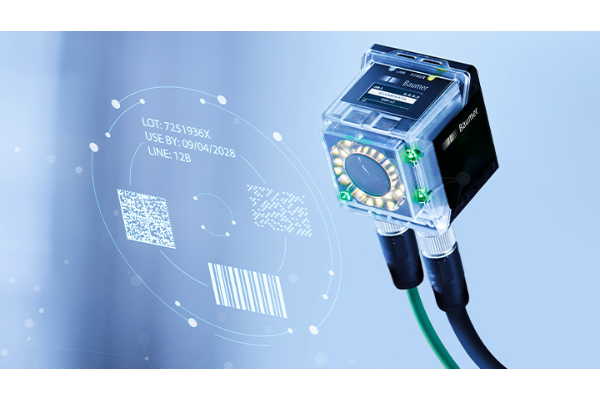
Baumer IDC multi-code reader
Integrate the functions of code reading and character reading Pixel level 1280 X 800, maximum speed 40 yards per second One-key automatic configuration, direct output of results Position the target through the contour and output the position and angle Direct web interface access and setup, quick and easy Supports TCP/IP, USB-C, Profinet, Ethernet/IP, and FTP/SFTP
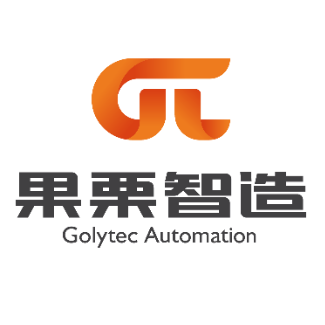
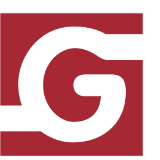



Precision Lens Mechanical Assembly
This product is a precision mechanical assembly for industrial camera lenses, integrating lens barrel, mounting flange and motorized drive to achieve accurate lens positioning and autofocus/zoom, suitable for machine vision and inspection systems.

Len barrel assembly of optical len
This product is a precision lens barrel component for optical lens assemblies, providing accurate mounting and support for multiple lens elements to ensure coaxial alignment and stable imaging. It is manufactured from high‑precision machined metal materials and can be customized to match various industrial camera, projection or machine vision interfaces

Flange‑mounted Precision Lens Barrel
This product is a flange‑mounted precision lens barrel for optical lens assemblies, providing rigid connection between the lens and the system frame or optical engine, and ensuring accurate coaxial alignment of lens elements. It is integrally machined from high‑strength aluminum alloy with high dimensional accuracy and rigidity, making it suitable for industrial cameras, projection optics and precision inspection equipment.
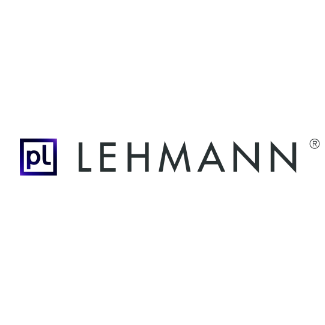
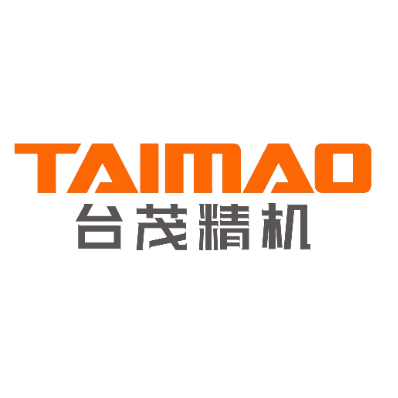

CNC-36BS double spindle CNC tool arranging machine
The machine tool adopts gang tool type, with stable tool changing precision and high structural economy, and can expand the power head to realize turn-milling combined machining. The double spindle adopts servo synchronous electric spindle with high speed, accurate precision and low noise. Taiwan precision linear guide and ball screw pair are adopted, and the ball screw is pre-stretched to improve the rigidity and reduce the influence of cold and hot machine on the processing accuracy. High pressure and large flow water cooling system is adopted, and the tool apron sprays water powerfully, which has the function of breaking chips to prevent the spindle from receiving material and jamming chips.
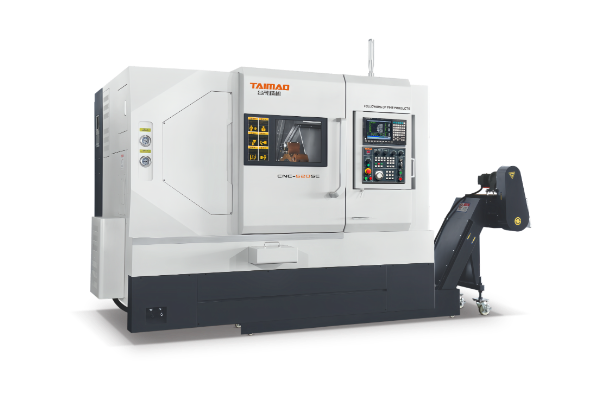
CNC-520 SC interpolation double spindle single turret turning center machine
▼ High rigidity, heavy cutting and high stability: Adopt integral casting inclined lathe bed, 30 ° inclined lathe bed structure, and design with heavy stiffeners to minimize distortion and thermal deformation. ▼ High precision and high dynamic response: high precision ball bearings are used in the front and rear, so that the spindle can obtain high rigidity and extremely high spindle rotation precision; the spindle servo unit has high precision and is convenient for maintenance and repair. ▼ High efficiency: The maximum speed of the main shaft is 4500rpm/min, and the fast movement can reach 30m/min. ▼ Y axis and X axis adopt non-orthogonal structure, and the virtual Y axis structure is obtained by interpolation with X axis, so that the center of gravity of the lathe bed is lower, the structure is compact, and higher cutting rigidity and stability are met.

CNC-520T servo knife tower machine
▼ The integral casting inclined lathe bed with 30 ° inclined guide rail is adopted, so that the operator can easily get on and off the workpiece, and the cutting is smooth. It is designed with thick stiffeners to minimize distortion and thermal deformation. The wide bed and precision rolling linear guideway enable the machine to achieve heavy cutting characteristics and long accuracy retention. ▼ The guide rail adopts the precision ball type linear guide rail, with the rail width of 45mm; the saddle guide rail has a large span, which can support heavy cutting for a long time. ▼ The feed unit uses a 32 mm diameter ball screw with preload at both ends to eliminate the loss of accuracy due to thermal elongation.

.png)
.png)
T-1500-4
T-1500-4 four-head gantry machining center, one machine for four purposes, a sharp tool for batch production. The innovative cross slide structure integrates four independently controlled Z-axes and high-speed spindles. Four workpieces can be processed in parallel by milling, drilling, tapping and other continuous processes in one clamping, which is specially designed for mass production. The efficiency is 3-4 times higher than that of a single machine, and the land occupation and manpower are greatly saved. High rigidity cast iron bed, equipped with precision wire rail and C3 grade screw, excellent dynamic response, to achieve high-speed and high-precision cutting. BT30 main shaft (20000r/min) is equipped with air curtain protection, which is effective in preventing liquid and dust and is stable for a long time. Fully sealed protection with independent chain tool magazine, quarantine of water chips, fast and reliable tool change, to ensure smooth complex processing. It is especially suitable for the efficient mass production of small and medium-sized parts in 5G communication, precision hardware, automotive parts, medical equipment and other fields.

T-6050-2
T-6050-2 double-head vertical machining center, dual-drive parallel, flexible and efficient. Specially designed for multi-variety, small and medium batch production, using cross slide and independent double spindle, double Z-axis structure. Milling, drilling, boring, tapping and other processes can be completed for two workpieces in parallel by one clamping, so as to realize efficiency multiplication and flexible production scheduling. The whole machine adopts high rigidity herringbone column and super large base, combined with high bearing roller line rail, to ensure excellent stability and accuracy during high-speed cutting. Equipped with high performance BT40 high speed spindle and reliable tool arm magazine to meet the needs of complex parts processing. It is suitable for diversified production scenarios of precision parts, 5G communications, auto parts, medical devices and other industries, and is an ideal choice for improving production capacity and coping with complex processes.







